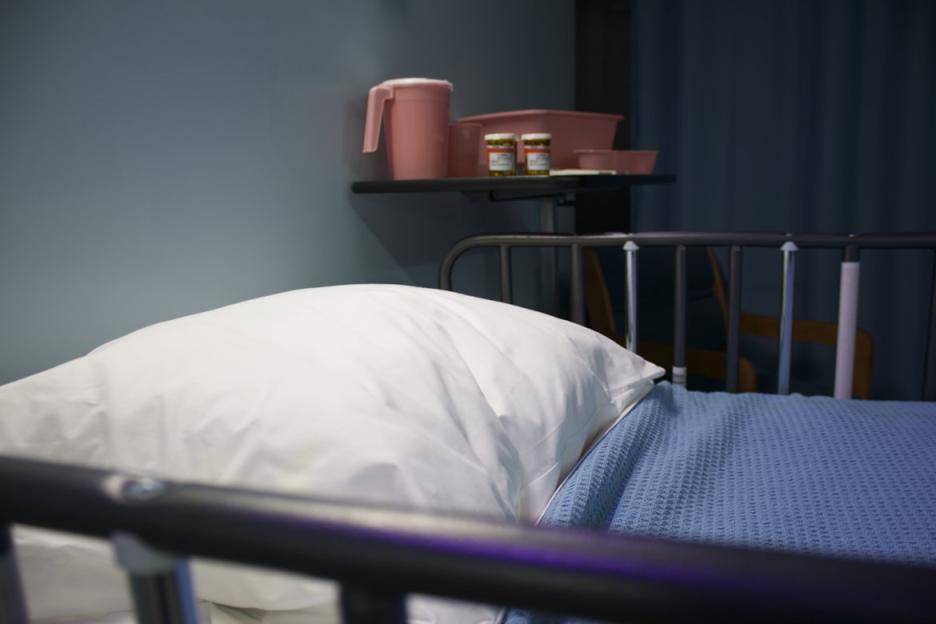A weightlifter wakes with searing lumbar pain after nailing a personal-record deadlift. Overnight misalignment can worsen spinal injuries and increase inflammation. Discover how inclined sleeping reduces these risks and supports recovery.
Imagine the thrill of achieving a personal best in deadlifting, only to be followed by the agony of lumbar pain the next morning. This scenario is all too familiar for many athletes who push their limits. The transition from deadlift domination to disc discomfort can be abrupt and painful. However, the secret weapon for spinal recovery might just be an inclined medical bed.
Understanding the Transition from Strength to Strain
Spinal health is crucial for athletes, especially those engaged in weightlifting. The spine endures significant stress during heavy lifts, and without proper recovery, this can lead to disc discomfort. Misalignment during sleep exacerbates these issues, turning triumph into torment. Understanding the mechanics of spinal strain and the importance of alignment is essential for effective recovery.
When the spine is not adequately supported during rest, the pressure on the discs increases, leading to inflammation and stiffness. This is particularly problematic for athletes who need to maintain peak physical condition. Ensuring proper alignment during sleep is a critical step in preventing further injury and promoting healing. For many, hospital beds for home use offer an effective solution by allowing adjustments that provide optimal spinal support during recovery.
The transition period between intense training and recovery is particularly crucial for preventing long-term damage. During this phase, the body’s inflammatory response reaches its peak, and the choices made regarding rest and recovery can significantly impact healing outcomes. Athletes often underestimate the importance of this transition period, focusing solely on their training performance while neglecting recovery protocols. This oversight can lead to chronic issues that could have been prevented with proper attention to post-workout care and sleeping positions. Utilizing hospital beds at home can ensure better support and alignment during these vital hours of rest.
The Benefits of Inclined Sleep for Spinal Recovery
Inclined sleeping positions offer a unique advantage for those recovering from spinal injuries. By elevating the upper body, inclined beds reduce pressure on the spine and improve blood circulation. This enhanced circulation is vital for delivering nutrients to injured tissues, accelerating the healing process.
For athletes transitioning from deadlift domination to dealing with disc discomfort, inclined sleep can significantly reduce morning stiffness and pain. The elevation helps alleviate stress on intervertebral discs, providing relief from the symptoms of inflammation. When integrated into a hospital bed setup, this functionality becomes even more effective, offering medically optimized positioning for recovery.
The Role of Inclined Medical Beds at Home
Many lifters speed up their healing by switching toShop Home Med’s hospital beds for homeuse , featuring adjustable incline and pressure-relief decks that reduce spinal load, enhance circulation, and ease disc inflammation.
Inclined medical beds are not just for hospital settings; they are increasingly being used at home for their therapeutic benefits. These hospital beds for home use allow users to adjust their sleeping positions, offering personalized support that traditional beds cannot provide. For athletes dealing with spinal issues, this adjustability is crucial.
By incorporating hospital beds for home use into recovery routines, individuals can create a tailored rest environment that supports spinal health. These beds facilitate improved circulation and reduce pressure on sensitive areas, making them an essential component of any recovery plan. Whether dealing with acute strain or chronic discomfort, a properly configured hospital bed at home can significantly improve healing outcomes.
Practical Tips for Maximizing Recovery
To maximize the benefits of inclined sleep, start by adjusting your bed to the appropriate angle that supports spinal alignment without causing discomfort. This adjustment can significantly impact recovery by minimizing spinal pressure, especially with an adjustable hospital bed at home.
Using supportive pillows is also critical in maintaining proper neck and back alignment. Select pillows that complement the inclined position, allowing your spine to follow its natural curve. Consistency in your sleep routine will further enhance recovery, providing the restorative sleep necessary for healing.
Incorporating relaxation techniques, such as gentle stretching or mindfulness exercises, before bedtime can also improve sleep quality. These activities help relax muscles and prepare the body for a restful night’s sleep. When paired with the comfort and support of a high-quality hospital bed, they form a powerful combination for overcoming disc discomfort and restoring peak performance.







